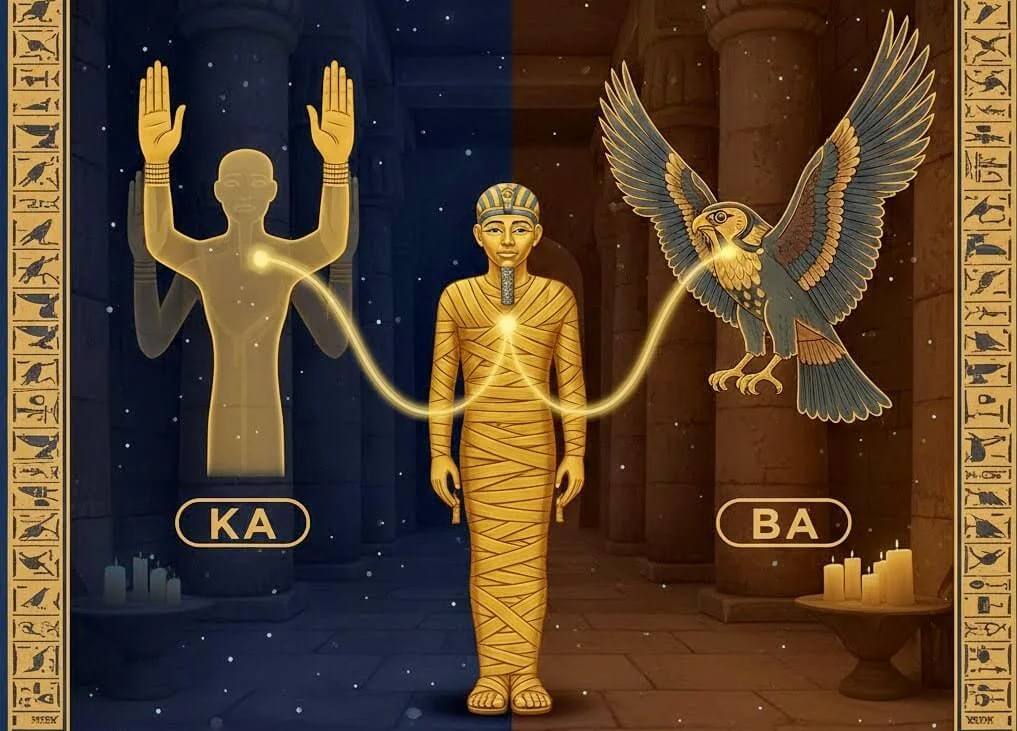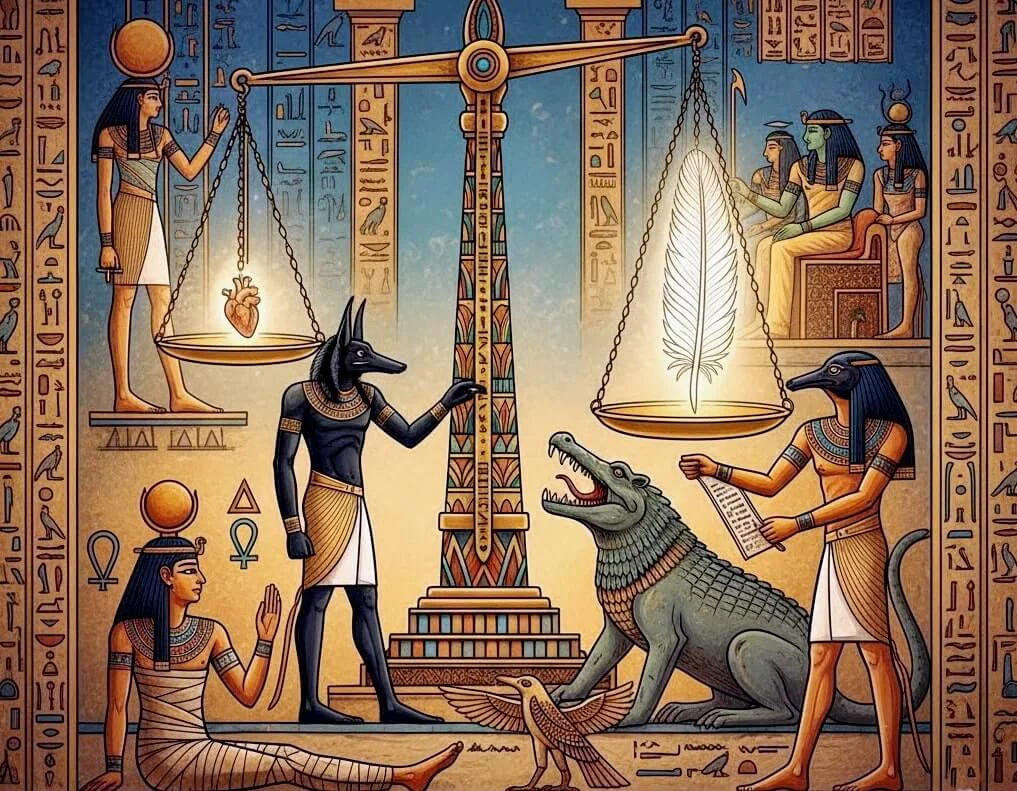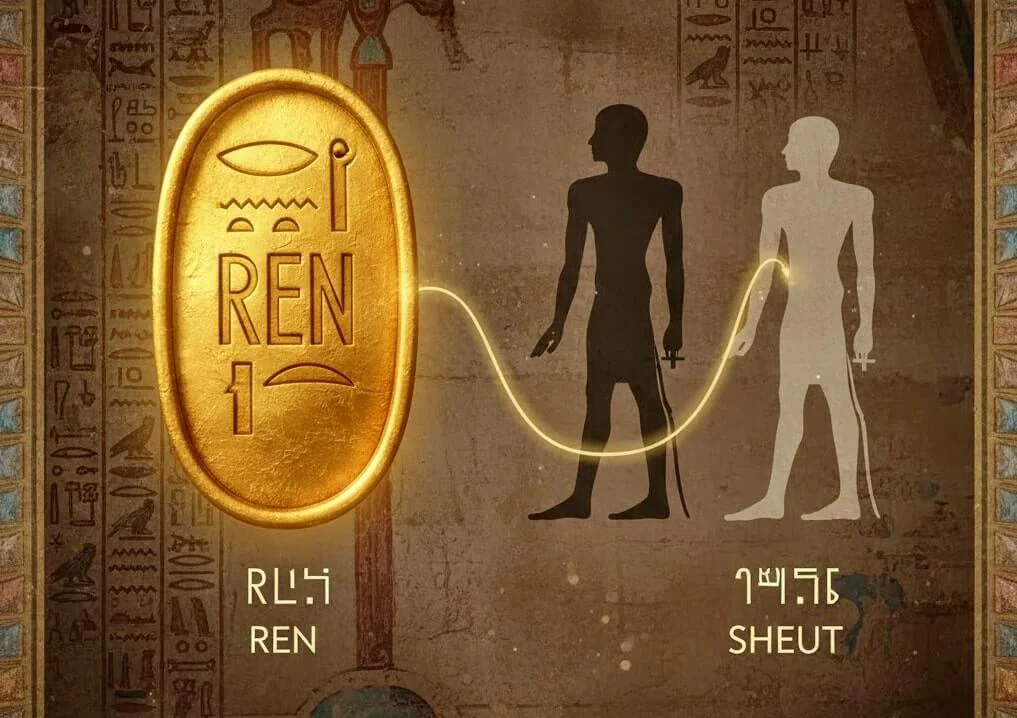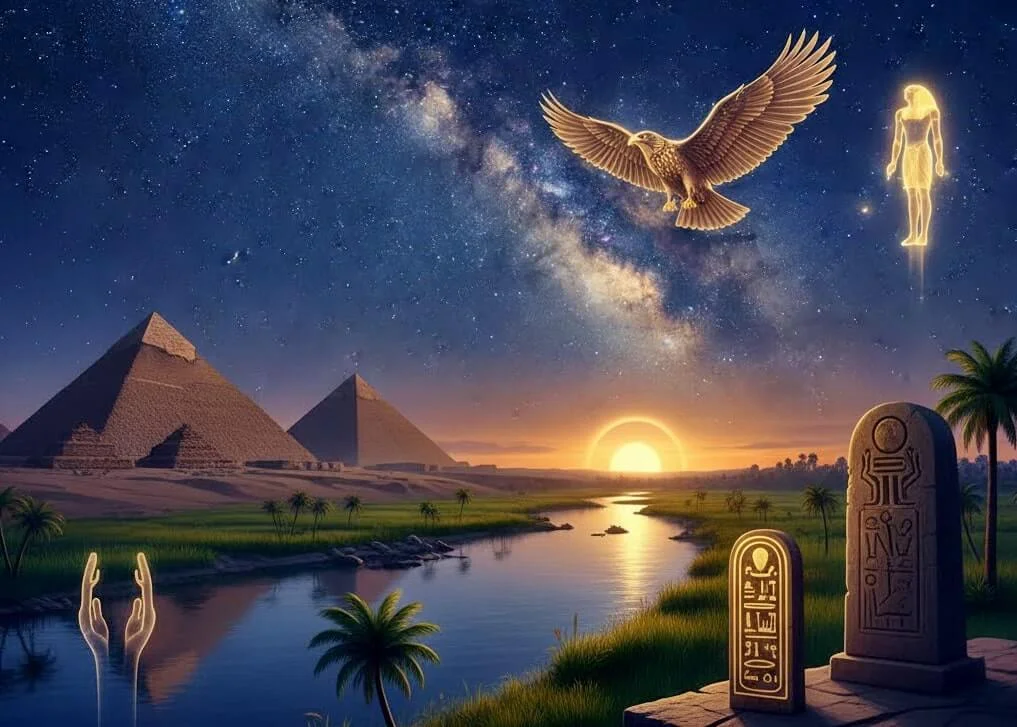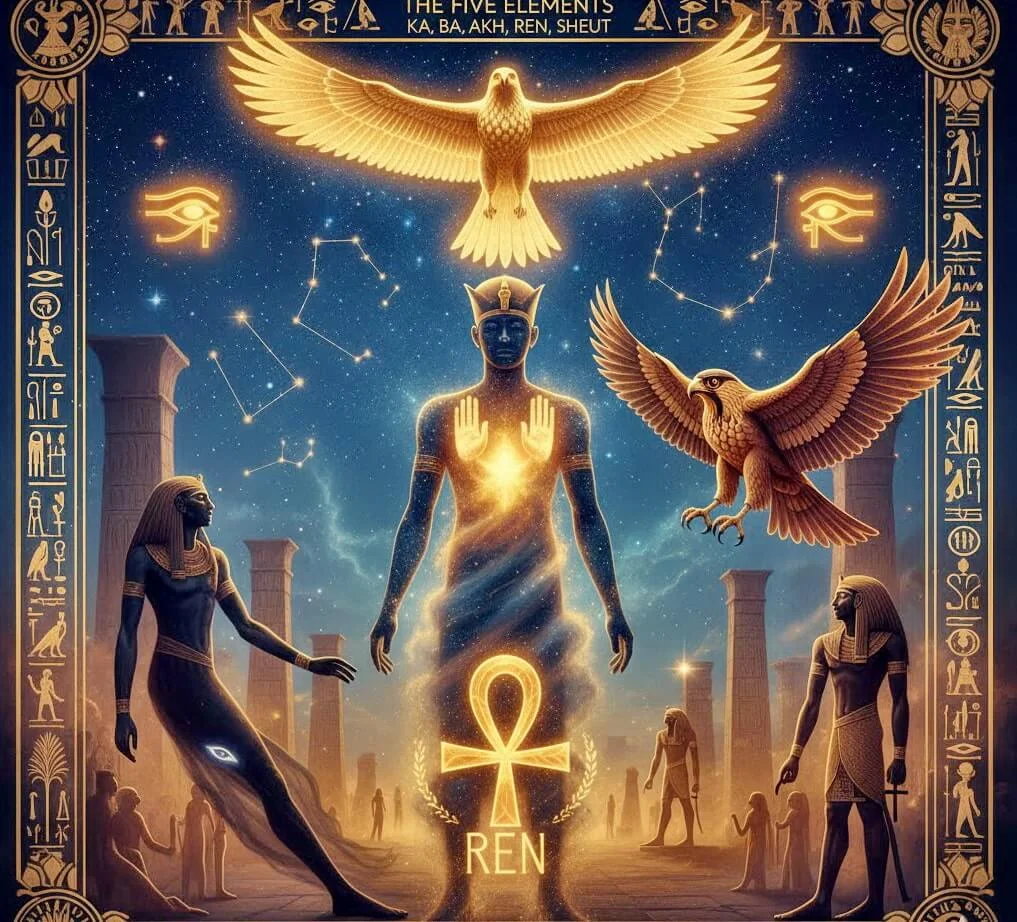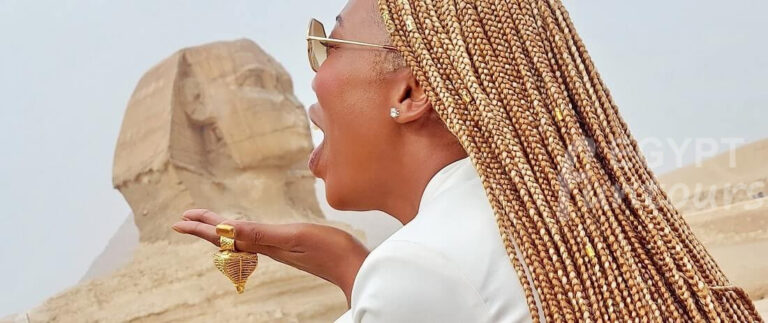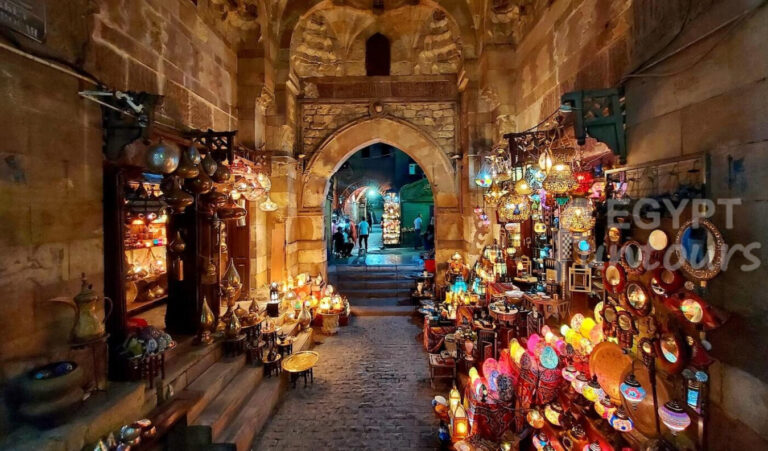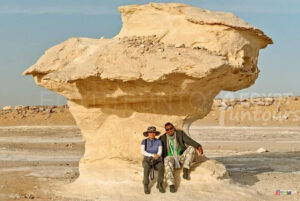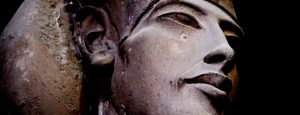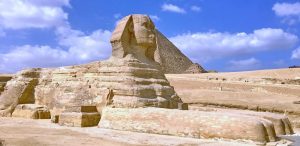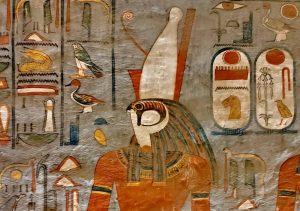The Critical Interplay: A Cycle of Existence
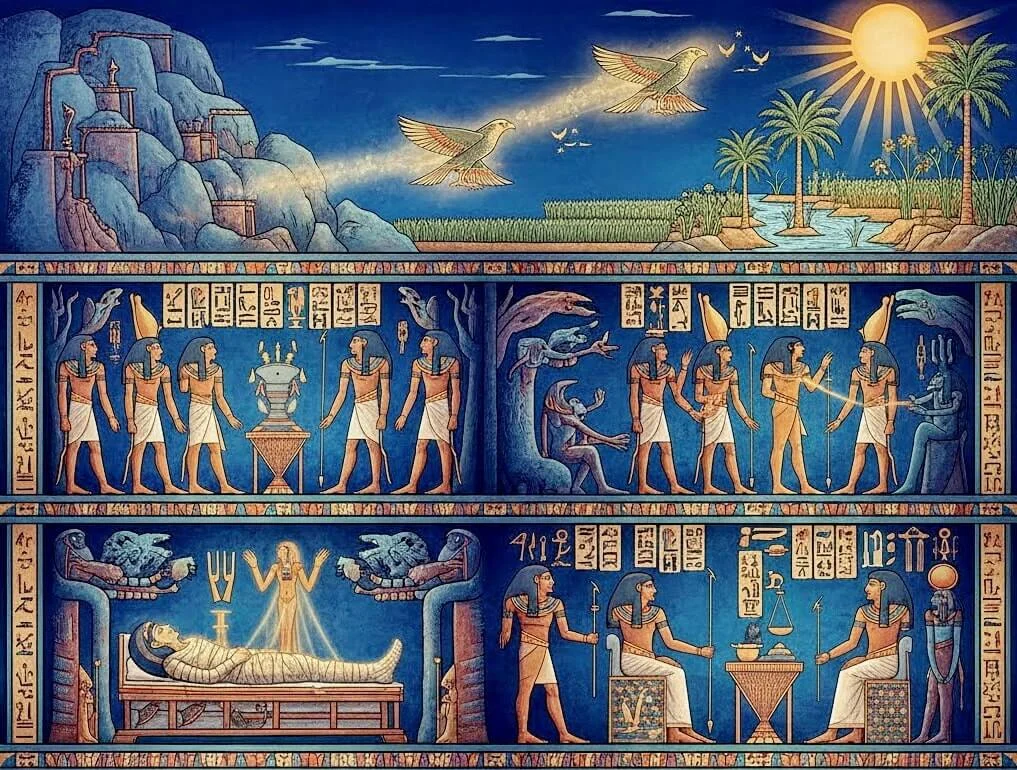
Understanding the Ancient Egyptian Soul Elements requires seeing them not as static parts, but as components in a dynamic, lifelong, and afterlife-long process. Their interaction dictates the soul’s fate. This cycle starts at the moment of death and aims for eternal life in the Field of Reeds (Aaru).
The Moment of Separation and Mummification
The cycle begins with a critical rupture, which the Egyptians immediately sought to reverse.
Separation of the Elements
At the moment of physical death, the Ka and the Ba separate from the body, known as the Khet. The Ka retreats to the vicinity of the tomb, its anchor point. The Ba, suddenly freed, begins its journey toward the underworld. The body, the Khet, must remain intact for the reunion to ever take place.
The Importance of the Khet (Body)
The physical body (Khet) was the essential anchor. Specifically, mummification was not merely a cultural tradition; it was a spiritual necessity. Mummifying the body ensured the Ba had a secure, recognizable home to return to each night. Without the Khet, the soul would be lost and unable to achieve the ultimate form of Akh.
The Journey and The Weighing of the Heart
The Ba initiates the most dangerous part of the journey, guided by the spells detailed in the Book of the Dead.
The Ba’s Nocturnal Travels
The Ba travels daily between the tomb and the cosmos, finding the path of the sun god Ra. However, the most critical destination is the Hall of Two Truths. This is where the ultimate judgment occurs.
The Weighing of the Heart
This famous rite is the spiritual crossroads. The deceased’s heart (the seat of intellect and memory) is weighed against the feather of Ma’at (Truth and cosmic order). Thus, this moment determines whether the individual is worthy of eternal life. If the heart is heavy with sin, the monstrous Ammit devours it, and the soul is annihilated forever.
The Ultimate Reunion and Transfiguration
A successful judgment allows the soul to enter the final stage of unification and glory.
Unification to Achieve Akh
If the heart passes judgment, the Ba successfully returns to and reunites with the Ka inside the preserved Khet. This monumental union, blessed by the gods, is the catalyst that creates the Akh, the fully immortal and effective spirit. The Ancient Egyptian Soul Elements are now in harmony.
The Ren and Sheut in Eternity
Once the Akh is achieved, the Ren (Name) and Sheut (Shadow) secure its permanence. The name ensures that the Akh is called and remembered, and the shadow continues its role of spiritual protection. Ultimately, this cohesive, five-part entity secures its place in Aaru, the Egyptian paradise.
The entire structure of Egyptian Funerary Beliefs was a complex effort to protect, feed, guide, and ultimately reunite these five crucial parts. The success of the journey depended on the harmonious function of all the Ancient Egyptian Soul Elements.
The Five Elements in Funerary Practices
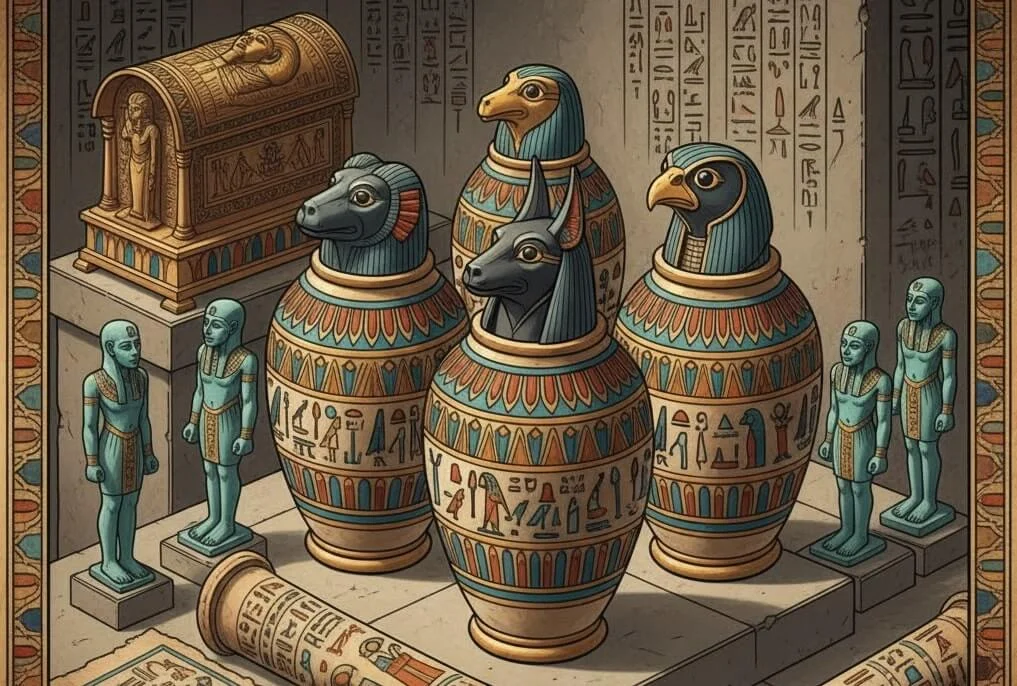
The complex belief in the Ancient Egyptian Soul Elements directly dictated every aspect of the culture’s funerary practices. These rites and rituals were essentially practical steps taken to guarantee the survival and unification of the Ka, Ba, Akh, Ren, and Sheut.
Preserving the Anchor: The Khet
The physical body, or Khet, served as the crucial anchor for the spiritual components. Without it, the Ba had nowhere to return.
Mummification as Spiritual Engineering
Mummification was a spiritual engineering process. It preserved the Khet for the Ba‘s return each night, ensuring the continuous cycle of life and rebirth. The process was ritualistic, linking the deceased to Osiris, god of the afterlife and rebirth.
Canopic Jars and Organ Protection
The Egyptians preserved the removed internal organs in Canopic Jars. Specifically, the Four Sons of Horus protected the organs vital for the soul’s function, as each jar was dedicated to one of them.
Sustaining the Ka and Guiding the Ba
Rituals in and around the tomb directly addressed the needs of the two principal dynamic elements.
Tomb Offerings for the Ka
The daily or seasonal presentation of tomb offerings (food, drink, and ritual objects) was mandatory. These offerings spiritually fed and sustained the Ka, ensuring the deceased’s life force did not fade away. False doors were often built into the tomb so the Ka could pass through and access these meals.
The Book of the Dead and Spells
The Book of the Dead (properly, the Book of Coming Forth by Day) was a collection of spells and guides. These texts served as a spiritual map and instruction manual, helping the Ba navigate the dangerous underworld, pass the judgment, and successfully merge with the Ka to form the Akh.
Protecting Identity for Eternity
Protecting the name and identity was just as important as protecting the body itself.
Inscribing the Ren (Name)
Writing the name (Ren) on sarcophagi, tomb walls, and statues was a central activity. This practice ensures identity protection through cartouches and inscription, guaranteeing that the deceased was never forgotten. Therefore, scribes were key figures in guaranteeing a person’s eternal existence.
Shabti Figures and the Afterlife
The inclusion of Shabti figures (small servants) was another practical step. Their purpose was to perform manual labor in the afterlife on the deceased’s behalf, ensuring that the Akh and the reunited soul could enjoy eternal rest.
All these practices were meticulously carried out to secure the journey of the Ancient Egyptian Soul Elements and achieve the ultimate destination: eternal life in Aaru.

